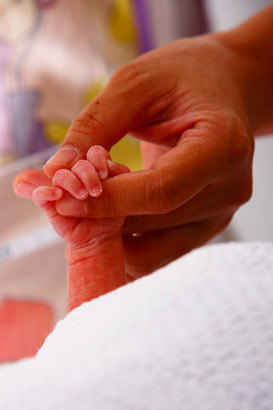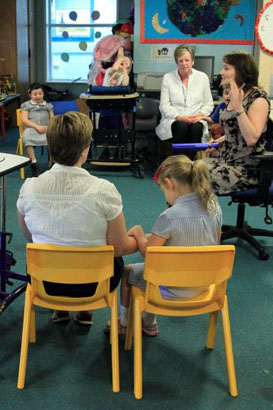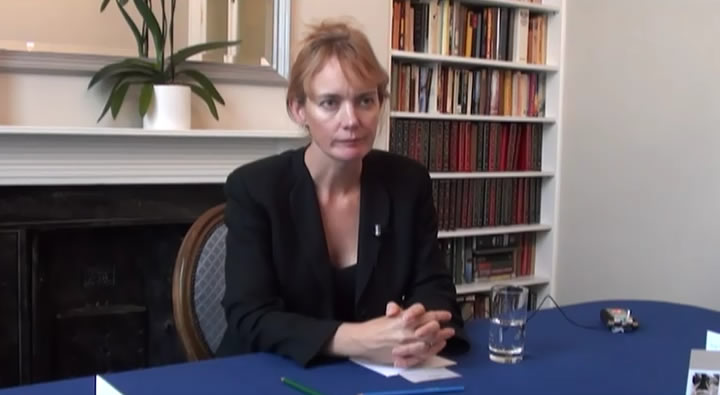
- As soon as a baby is born its brain connections start growing and changing – which connections survive and grow and which fade away (are 'pruned') and die is determined partly by genetic factors and partly by early experiences.
- During the first year of life the brain changes dramatically. The number of connections increases rapidly.
- There are sensitive periods in brain development when experience shapes the development of the brain. The brain needs certain kinds of stimulation at specific times during its development for its sensory and motor systems to develop normally. However, more recent research has indicated that some recovery is possible.

Research is still some way from identifying the relevance of sensitive periods for skills and capacities that depend on education.
One of the main implications of current research is looking at sensitive periods in relation to children's difficulties with vision or hearing, so that they can, belatedly, regain some or all normal function.

The volume of grey matter increases in the brain throughout childhood.
At the onset of puberty the brain undergoes a significant 'pruning' of redundant connections, loss of grey matter and thinning. At the same time there is an increase in myelin which is a very dense, fatty substance that insulates axons, increasing the speed of electrical transmission between adjacent neurons.
This organic development correlates with the advancing cognitive abilities of adolescence.

The prefrontal cortex, which is the area of the brain related to cognition, reasoning and decision-making is important for controlling and regulating impulses and emotions. In adolescence this area is seen to still be developing into the early twenties.
Connections between reasoning and emotion related areas are strengthening and growing throughout adolescence.

Brain research has also found that the brain's reward centre, the ventral striatum, is also more active in adolescence than in adulthood.
This research-based understanding of the brain contributes to our understanding of the impulsiveness of this period of life. It also highlights the potential vulnerability of the brain at this time. The consequences of high risk behaviours, e.g. experimenting with drugs and alcohol may physically be impossible for an individual to consider because the means of doing so has not yet matured.
It is also thought that this dynamic situation of brain reorganisation may make our teenagers more vulnerable to psychological disorders at this period (Thompson, P. et al. 2001).
Listen to this video clip in which Francesca Happé Professor of Cognitive Neuroscience at the Institute of Psychiatry explains talks about the relationship between brain development and cognitive functions.
The implications of brain development for children with ADHD is explored further in this module.

The genetic specification of our brains only partly determines what we know and how we behave. Much also depends on environmental factors including, most importantly, the education that we receive.
The brain is extraordinarily adaptable. This is sometimes referred to as 'neuroplasticity'.
Neuroplasticity allows the brain to take account of the environment continuously. It also allows the brain to store the results of learning in the form of memories.
The brain's plasticity depends, critically, on how much it is used.

Jernigan, T., Trauner, D., Hesselink, J. and Tallal, P. (1991) Maturation of human cerebrum observed in vivo during adolescence. Brain, 114, 2037-2049
Shaywitz, S. (2003) Overcoming Dyslexia:A new and complete science-based program for overcoming reading problems at any level, New York: Knopf
Society for Neuroscience website (2007) Brain briefings. The Adolescent Brain
Thompson, P., Vidal C., Giedd, J. Gochman, P., Blumenthal, J., Nicolson, R., Toga A. and Rapoport, J. (2001) Mapping adolescent brain change reveals dynamic wave of accelerated grey matter loss in very early onset schizophrenia. Proceedings of the National Academy of Sciences, 98 (20), 11650-11655
